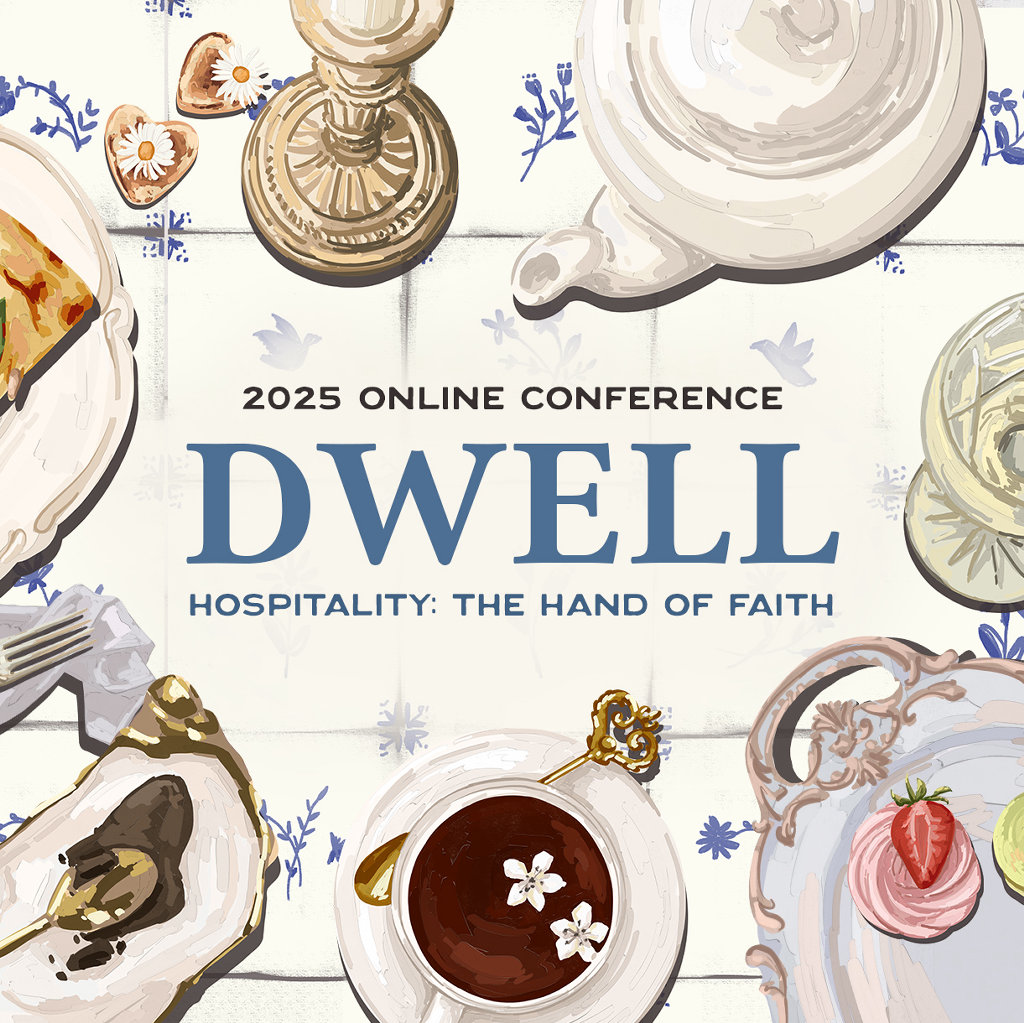On Women’s Work

My first Christmas as a mother, my son was only two months old. I remember three things distinctly. First, I had a small existential crisis after buying my son gifts, wrapping them, then unwrapping them for him (which was, in hindsight, absurd). Second, I cared about nothing other than taking a nap. Third, I noticed for the first time just how much work my mother did. I saw her hopping up to check the temperature of the standing rib roast and the progress of the rising bread dough. Others helped, but there was a unique burden on her that I had never noticed before. And suddenly I had, unknowingly and unwittingly, joined her company as I fed and re-fed and diapered and re-diapered my son: the company of women’s work.
What is women’s work? Well, women do many kinds of work, but I am speaking of the daily chores that have been considered a woman’s domain consistently across cultures throughout history. I am not interested in another shrill conversation about who should be doing what and how much of it; my concern is how I ought to do that which I have been given to do. For a long time, years even, I kept a running mental tabulation of household labor equity. For some of that time, the amount of work that I did was arguably unfair. However, I neither clearly asked for help nor trained my children properly in housework, so the unfairness is debatable. What is sure is that once I began to attend to doing my work cheerfully, without grumbling and complaining, I began to develop a sacramental vision of women’s work.
One might be able to contest women’s work as slavish drudgery if it weren’t for the ennobling of the Incarnation. In the words of Thomas Howard, the Incarnation reknits “the terrible and tragic rip in the fabric of Creation.”1 The Incarnation restores to us the seamlessness given and lost in the Garden of Eden. If this is true, and enfleshment is the mode of salvation, then women’s work has the potential for beauty, not bondage.
In her book The Quotidian Mysteries: Laundry, Liturgy and “Women’s Work,” Kathleen Norris writes that dailiness can be at the core of our salvation. She quotes Therese of Lisieux’s observation that Christ was most present to her not in prayer, but in daily occupations. She continues to explain,
It is a paradox of human life that in worship, as in human love, it is in the routine and the everyday that we find the possibilities for the greatest transformation. Both worship and housework often seem perfunctory. And both, by the grace of God, may be anything but. At its Latin root, perfunctory means “to get through with,” and we can easily see how liturgy, laundry and what has traditionally been conceived of as “women’s work” can be done in that indifferent spirit. But the joke is on us: what we think we are only “getting through” has the power to change us, just as we have the power to transform what seems meaningless – the endless repetitions of a litany or the motions of vacuuming a floor. What we dread as mindless activity can free us, mind and heart, for the working of the Holy Spirit…2
While there are specific sacraments of the church, creation is sacramental. It is graced in a way that we are occasionally gifted to see. With a sacramental mindset, we see that in this physical life we participate in a greater, eternal reality. As Hans Boersma describes, “The Patristic and medieval mind recognized that the heavenly reality of the Word of God constituted an eternal mystery; the observable appearances of creation pointed to and participated in this mystery.”3 If this is true, then I am the one who is blessed. It is harder to expect sacramental participation from a day’s work in front of the computer. As my husband leaves for work, I remain to work in (and from) the home. I am the one blessed, day in and day out, not from a natural love of domesticity, but because I work in the physical realm of the sacramental.
I know of another woman in the company of women’s work – one who mothered and kept house and did not get to take breaks like me to read Aristotle. I am reminded of her as I begin my seasonal chore of sweeping up the fir needles dropped by my Christmas tree. It was through her fiat that I benefit from the Incarnational return of seamlessness. Saint Irenaeus describes her in this manner: “And thus also it was that the knot of Eve’s disobedience was loosed by the obedience of Mary. For what the virgin Eve had bound fast through unbelief, this did the virgin Mary set free through faith.”
Though the holidays are the busy season of women’s work, my faith is strengthened knowing a man will prepare the best meal of the week. It is always the same meal and yet he never complains. It is a thing of beauty, as he uses the finest of tableware atop pristine white linens. He never leaves out the leftovers and always does the dishes. His care is a pattern for me, but it is not the only pattern – there is yet one more beautiful. A snap reverberates against the vaulted ceiling as the host breaks. Christ our Passover is sacrificed for us. Therefore, let us keep the feast.
- Thomas Howard, Evangelical Is Not Enough : Worship of God in Liturgy and Sacrament (San Francisco: Ignatius Press, 1984), 29.
- Kathleen Norris, The Quotidian Mysteries: Laundry, Liturgy, and “Women’s Work” (New York: Paulist Press, 1998), 82.
- Hans Boersma, Heavenly Participation: The Weaving of a Sacramental Tapestry (Grand Rapids, MI: Eerdmans, 2011), 17.
Rachel Woodham
Rachel Woodham has a BA in Russian Language and Literature and is a graduate student of Great Books at Harrison Middleton University. A classical educator for the last decade, she now homeschools her three all-time favorite students.








